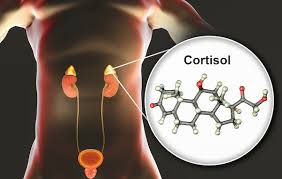8a. Endocrine System
1/47
There's no tags or description
Looks like no tags are added yet.
Name | Mastery | Learn | Test | Matching | Spaced |
|---|
No study sessions yet.
48 Terms
Endocrine System
is made up of a
network of glands
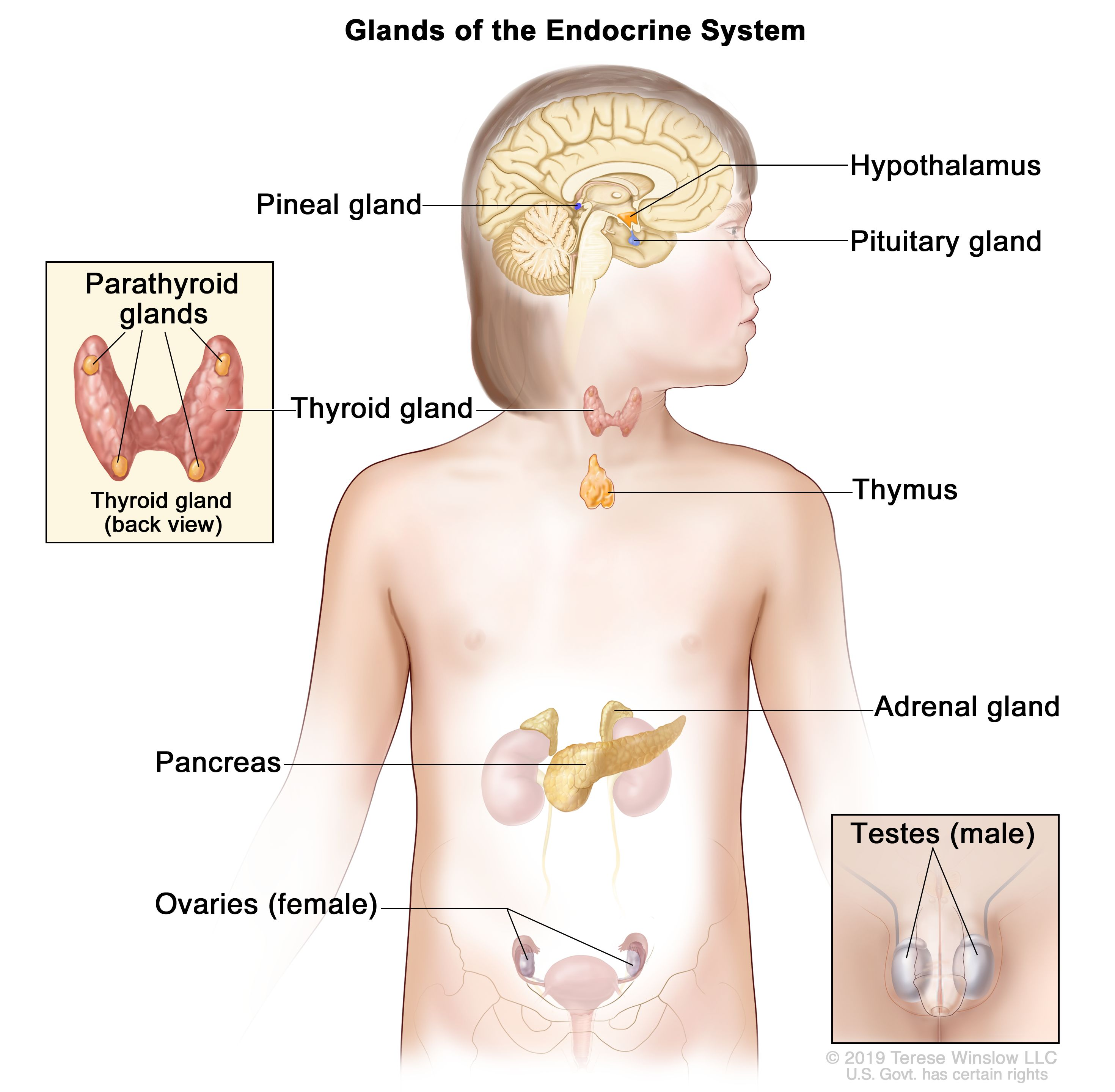
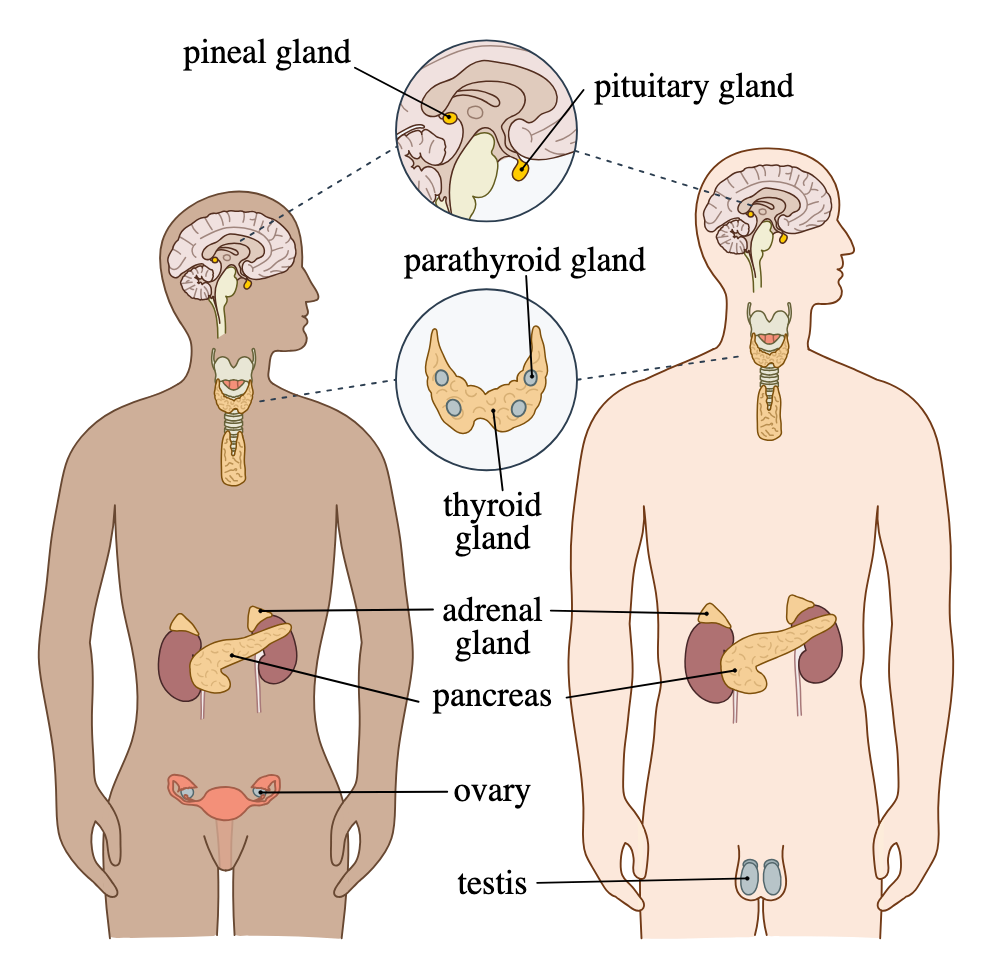
Glands
produce + secrete?
hormones
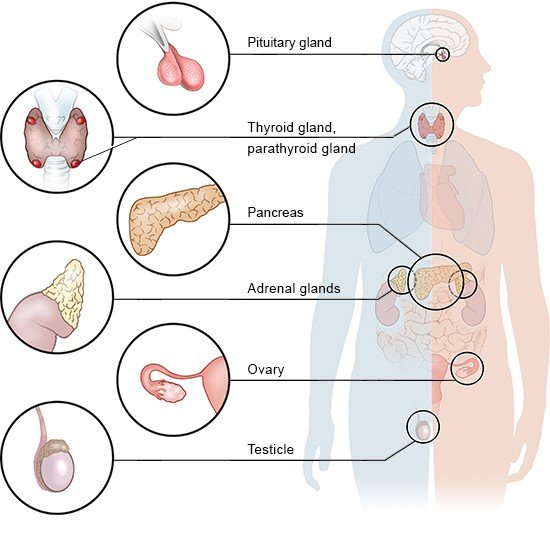
Hormones
are chemical signals that help with
growth and development
metabolism
reproduction
mood
etc.
what is the Master Gland of the endocrine system?
pituitary gland
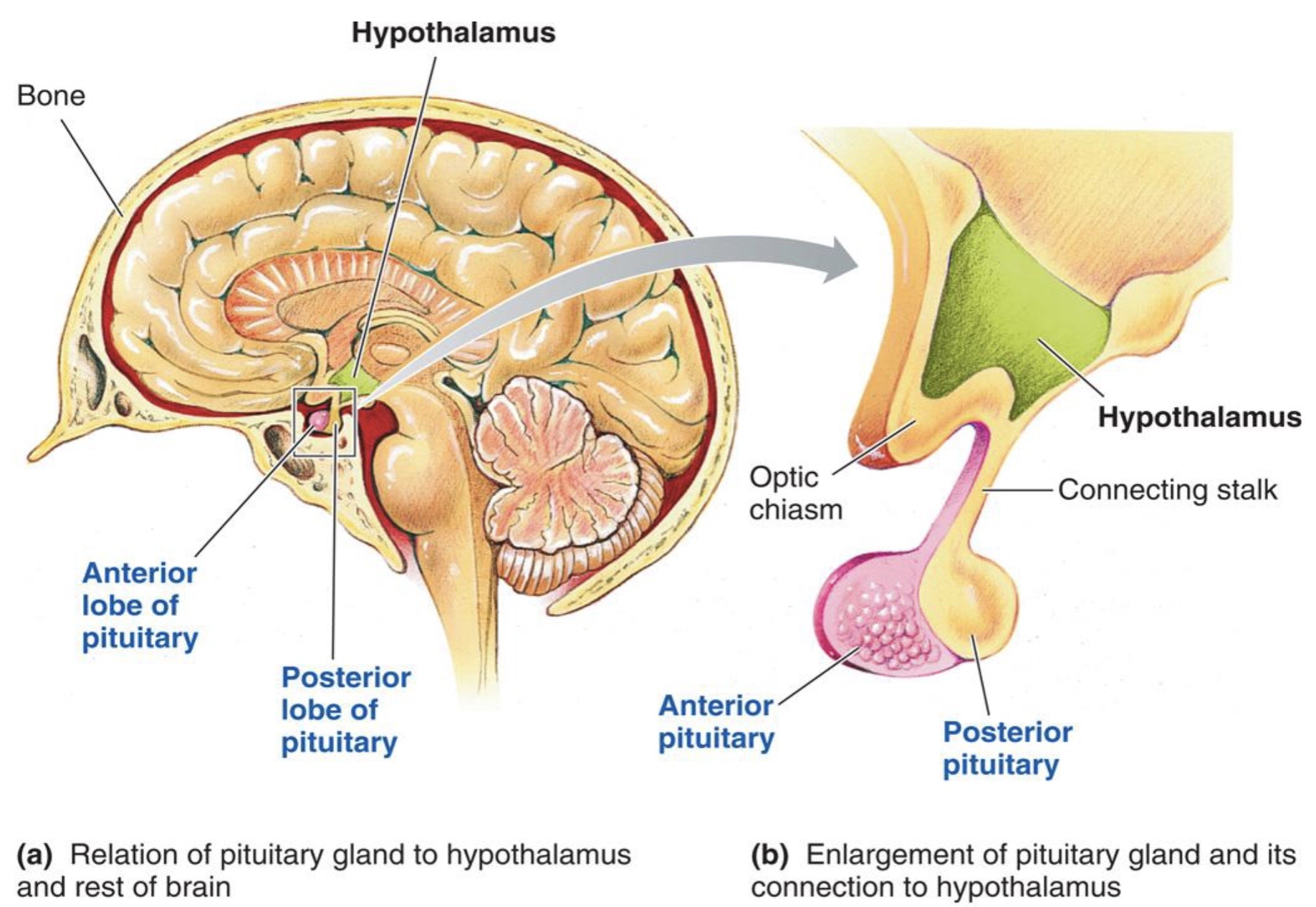
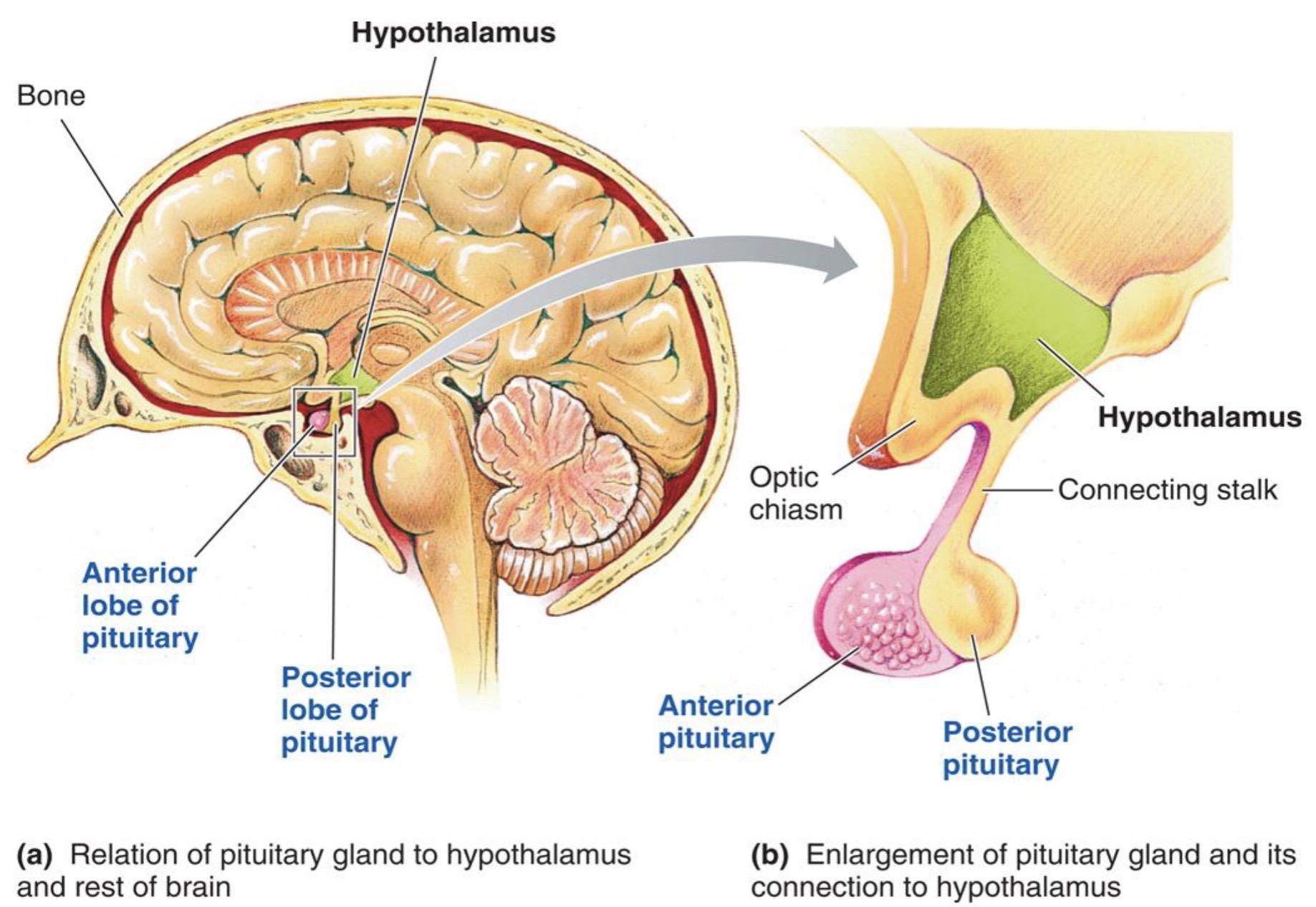
Pituitary Gland
is the
master gland of the endocrine system
why?
pituitary gland can
signal MANY glands that secrete their OWN hormones
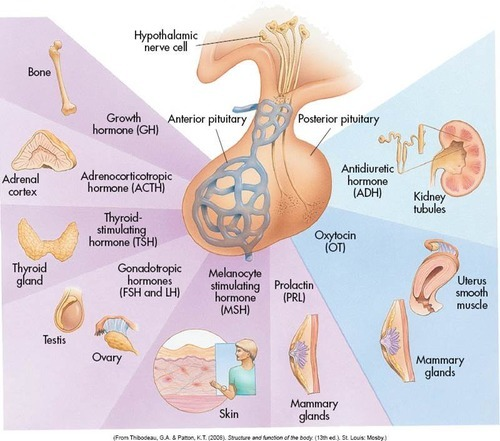
Pituitary Gland
stucture?
anterior pituitary gland
posterior pituitary gland

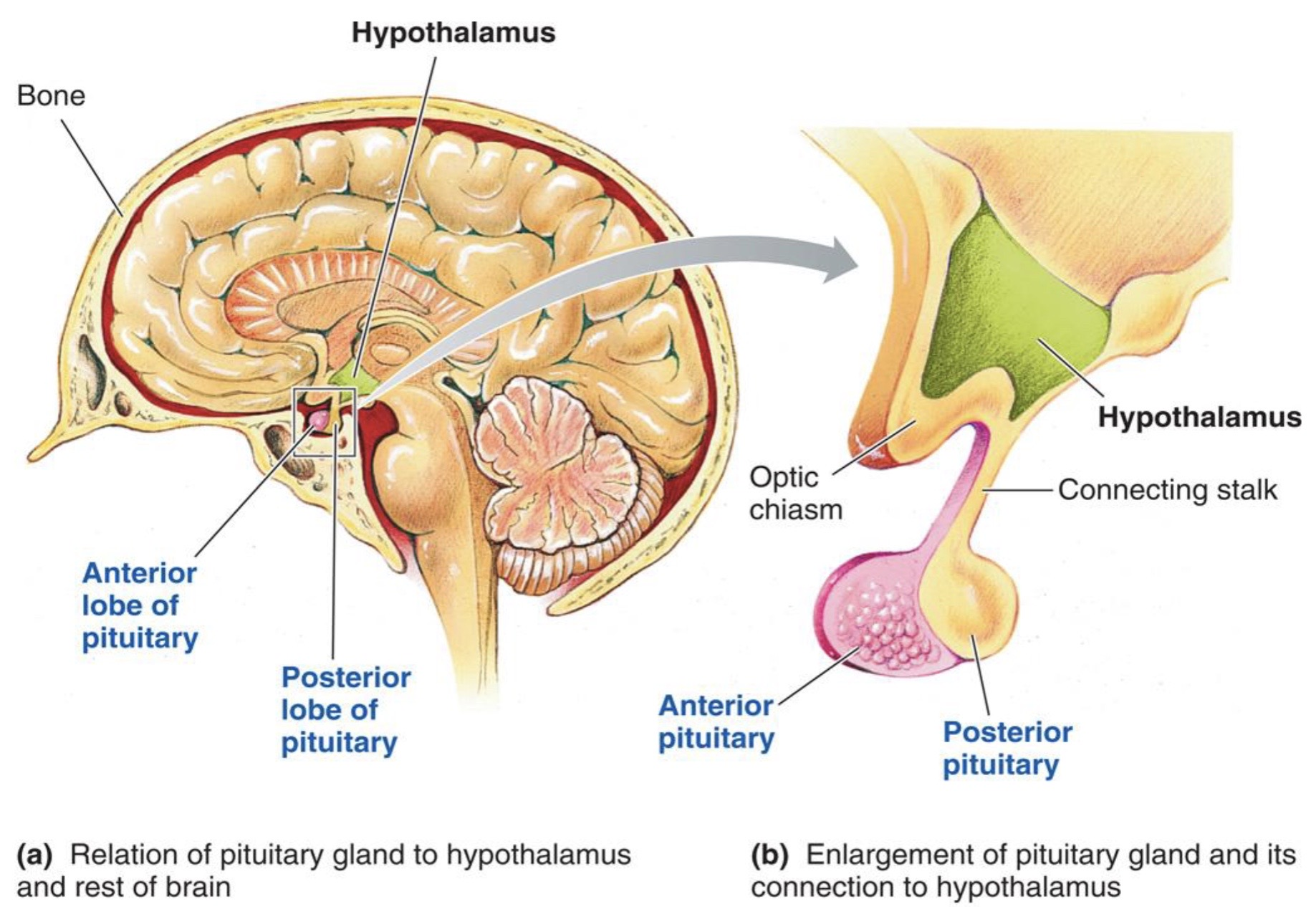
does each part secrete different hormones?
yes!
( more details on next flashcard set )
Growth Hormone ( GH )
helps
stimulate
cell division
bone growth


Thyroid Gland
produces
Thyroxine ( T4 )
Calcitonin
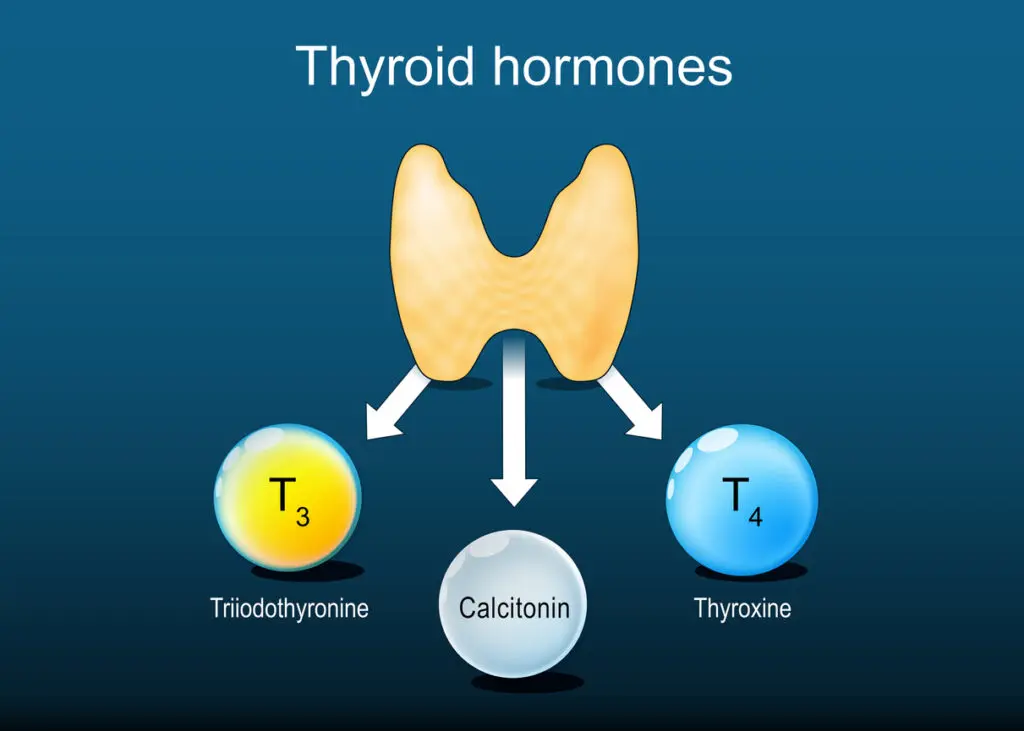
Thyroxine
helps
regulate metabolism
Calcitonin
helps
regulate calcium levels in the blood
- decreases calcium

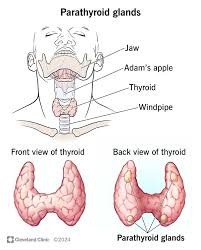
Parathyroid Gland ( on backside of thyroid )
produces
parathyroid hormone
Parathyroid Hormone
helps
regulate calcium levels in the blood
+ increases calcium
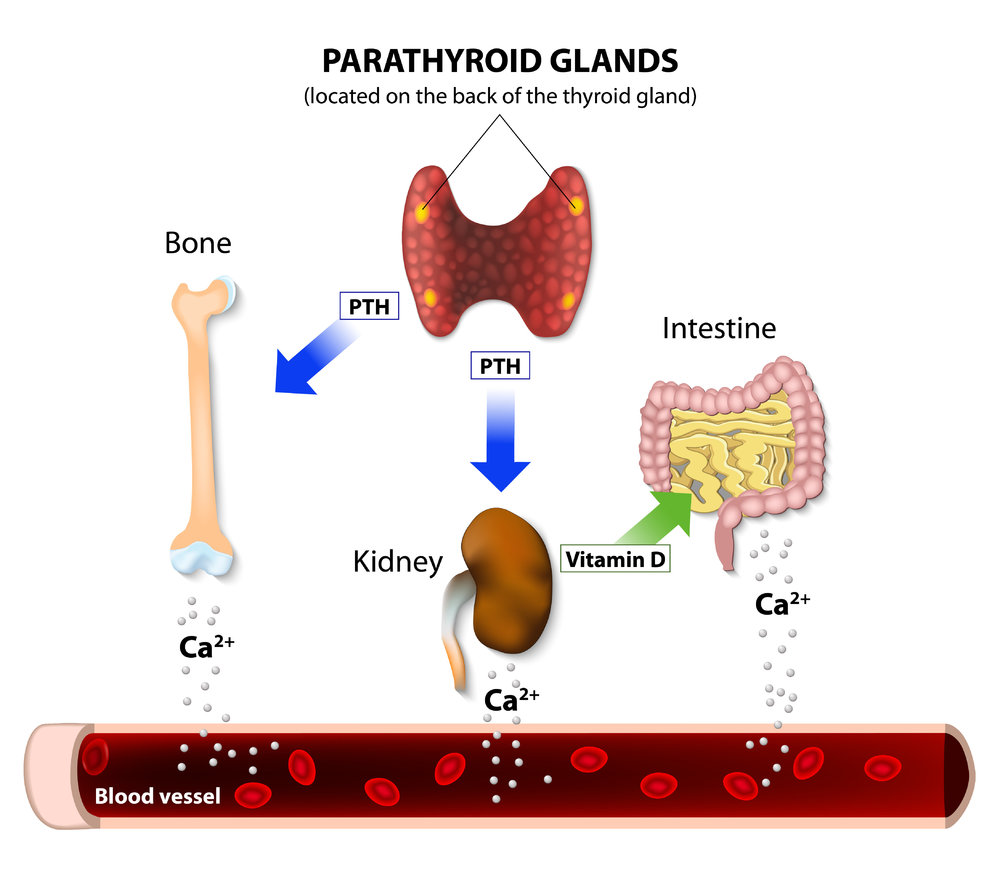

notice
calcitonin decreases calcium in blood
parathyroid hormone increases calcium in blood
Thymus Gland
produces
thymosin
Thymosin
helps
develop t-cells
( for immune system! )
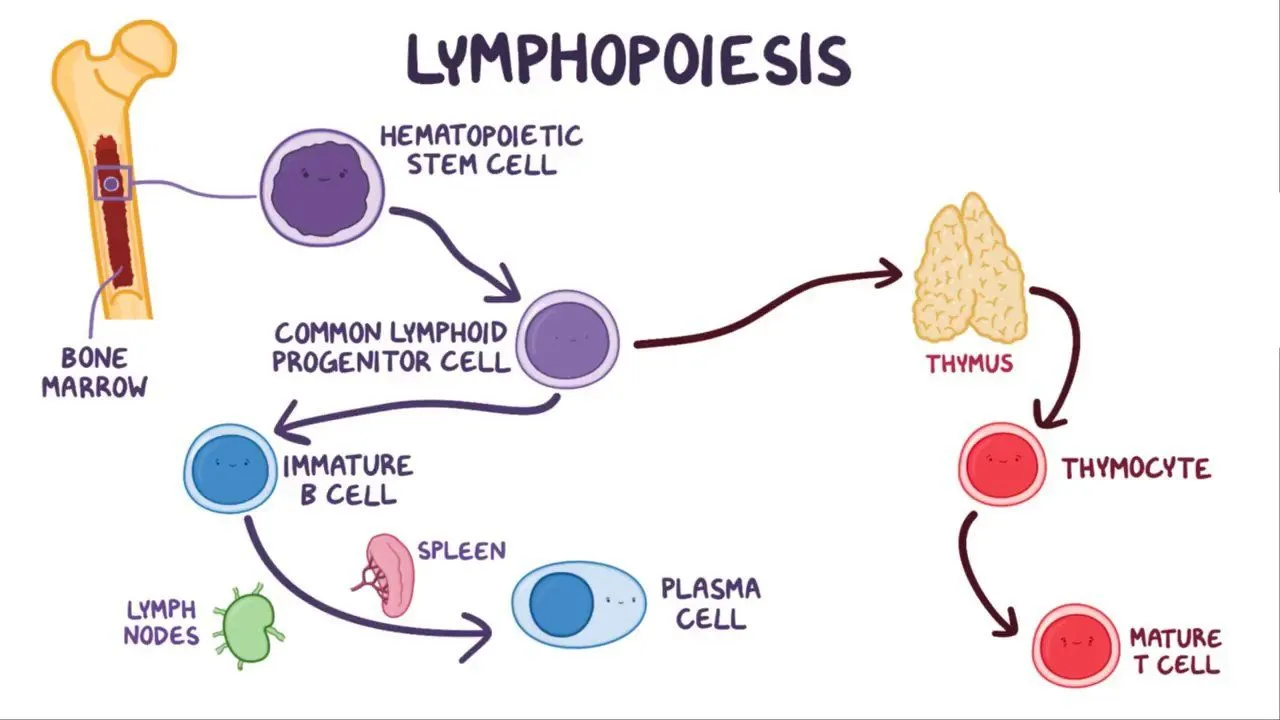
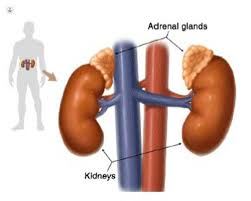
Adrenal Gland’s Medulla Region
produces
epinephrine ( adrenaline )
norepinephrine ( noradrenaline )
Epinephrine
Norepinephrine
help
regulate “fight or flight” ( sympathetic ) response
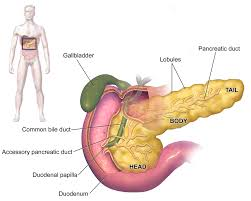
Pancreas
produces
insulin
glucagon
Insulin
helps
lower blood sugar level
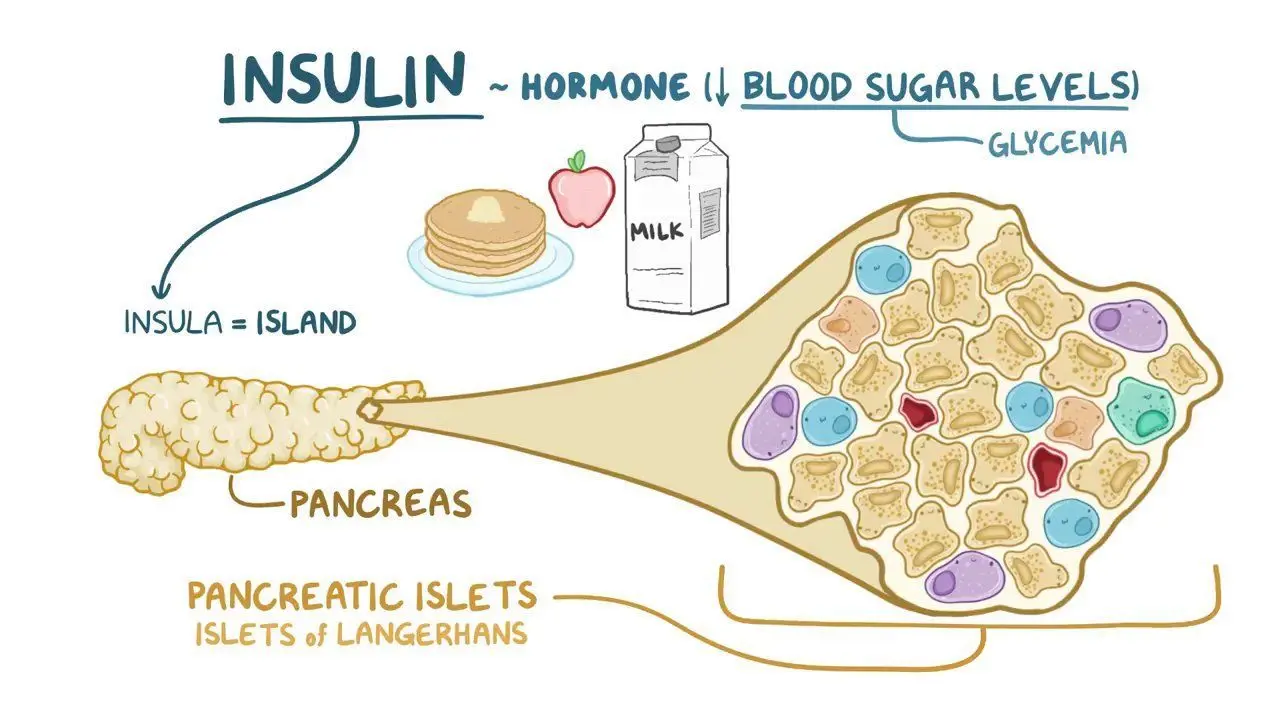
Glucagon
helps
raise blood sugar level

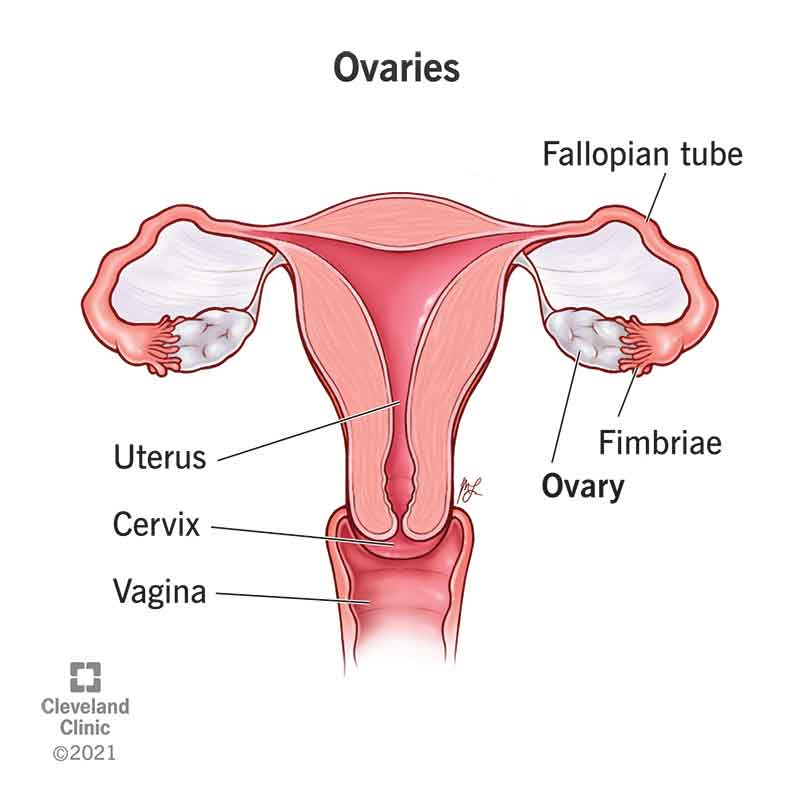
Ovaries
produce
estrogen
progesterone
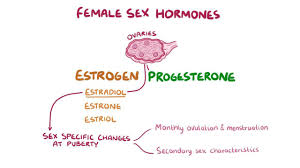
estrogen
progesterone
helps
regulate the menstrual cycle
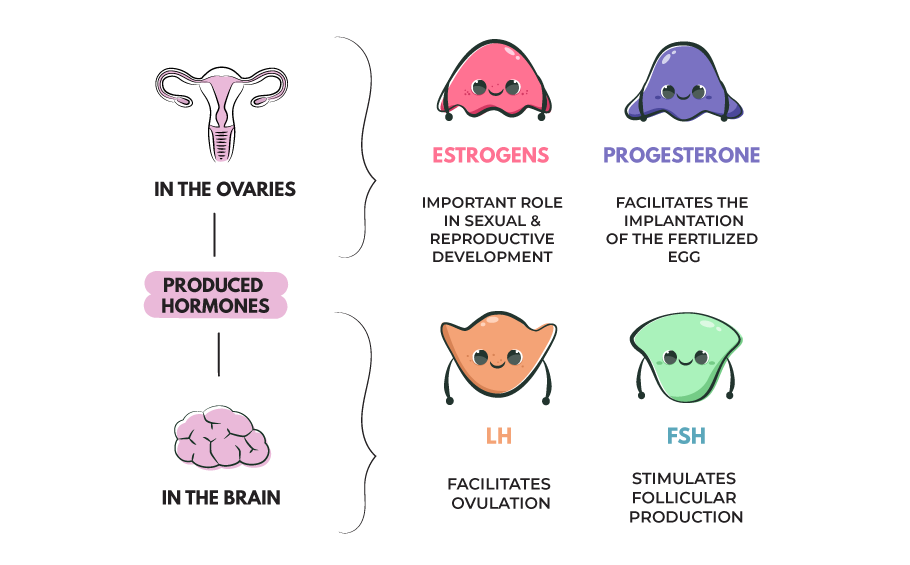
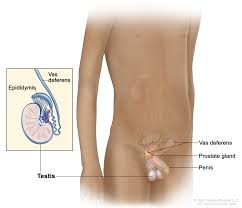
Testes
produce
testosterone
Testosterone
helps
produce sperm
develop male sex characteristics

2 Types of Hormone Structure?
Lipid Based Hormone ( non-polar/ fat soluble )
Water-Soluble Hormone ( polar )
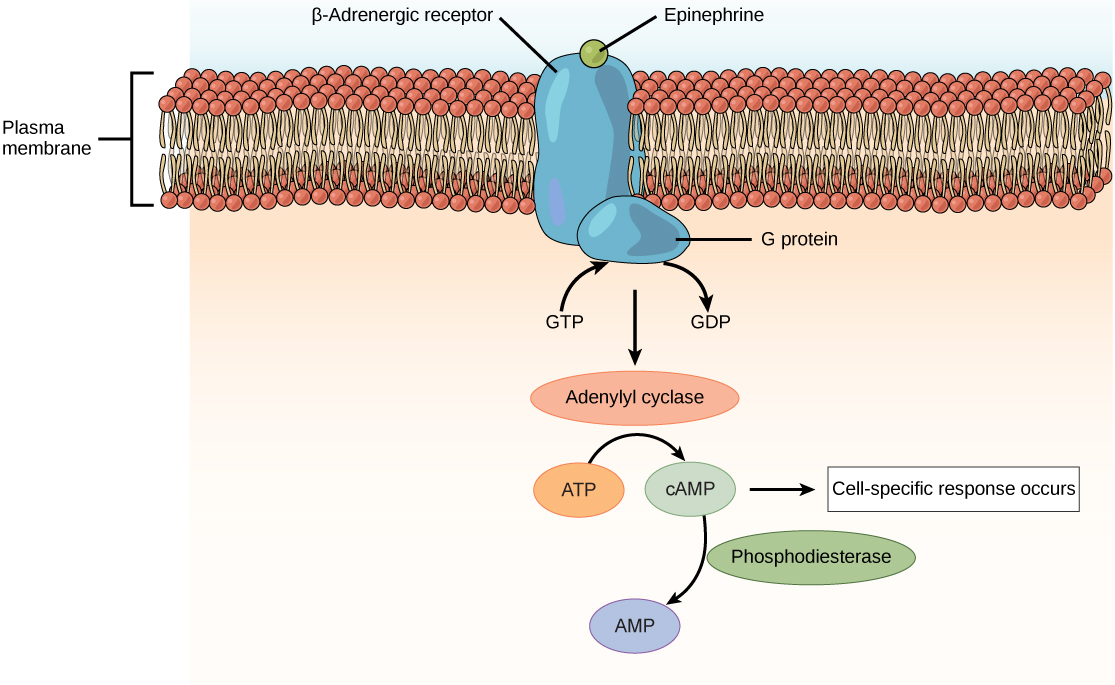
note:
this topic was mentioned into physiology!!
exact flashcards set: Signal Transduction ( 7b )
Lipid Based Hormones ( aka Steroids )
are made of
Cholesterol
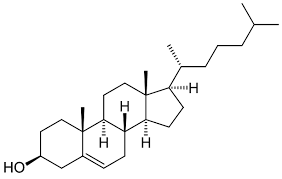
Lipid Based Hormones
examples?
Estrogen
Testosterone
( remember in physiology we learned cholesterol is the basic building block for other steroids )
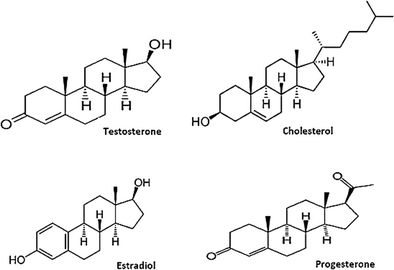
Lipid Based Hormones
are _______ in water
Lipid Based Hormones
are insoluble in water
reminder
blood contains plasma that’s high in water!
( hormones travel in blood stream )

Lipid Based Hormones
are transported in the blood by
carrier proteins
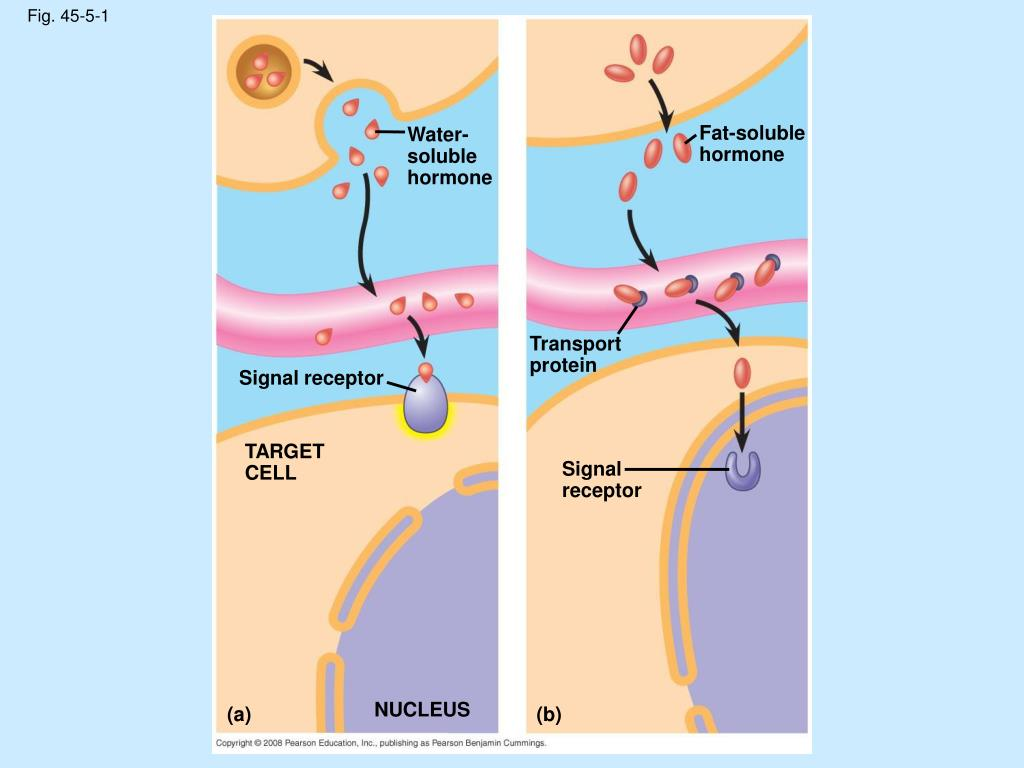
Lipid Based Hormones
receptor of target cell is
intracellular
( crosses membrane → binds DIRECTLY to DNA IN THE NUCLEUS )
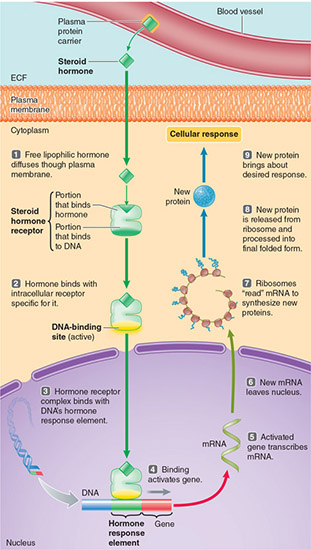

reminder
cell membrane is made of a phosphoLIPID bilayer
( non-polar / fat soluble )!!
Water Soluble Hormone
are made of
amino acids
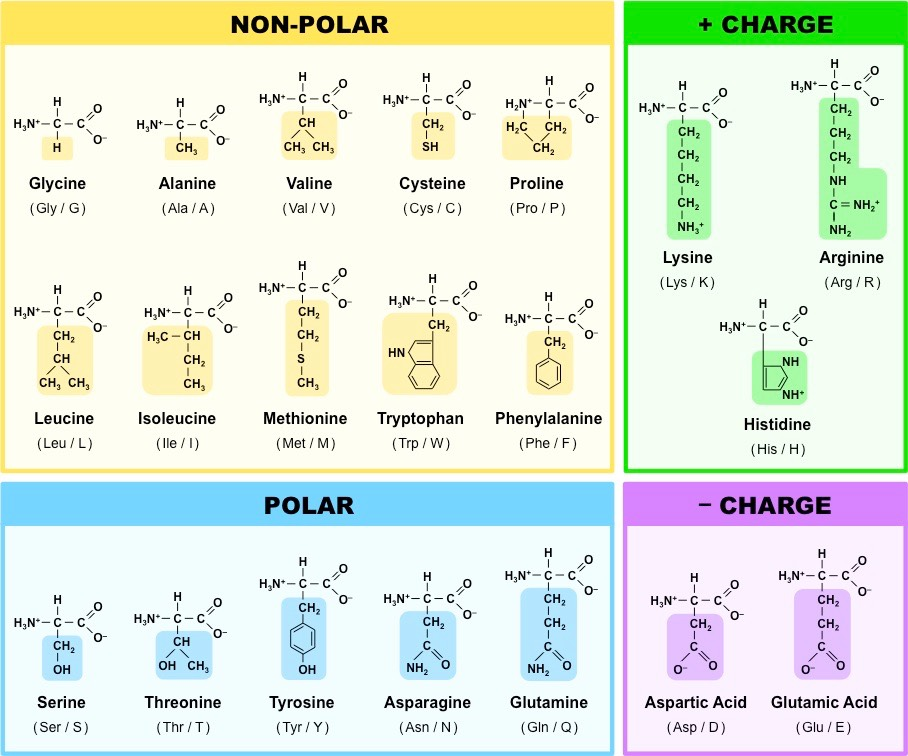
Water Soluble Hormone
include
epinephrine
norepinephrine
Water Soluble Hormone
are _______ in water
Water-Soluble Hormone
are soluble in water
Water Soluble Hormone
are transported in the blood by
diffusion

Water Soluble Hormones
receptor of target cell is
on the cell surface
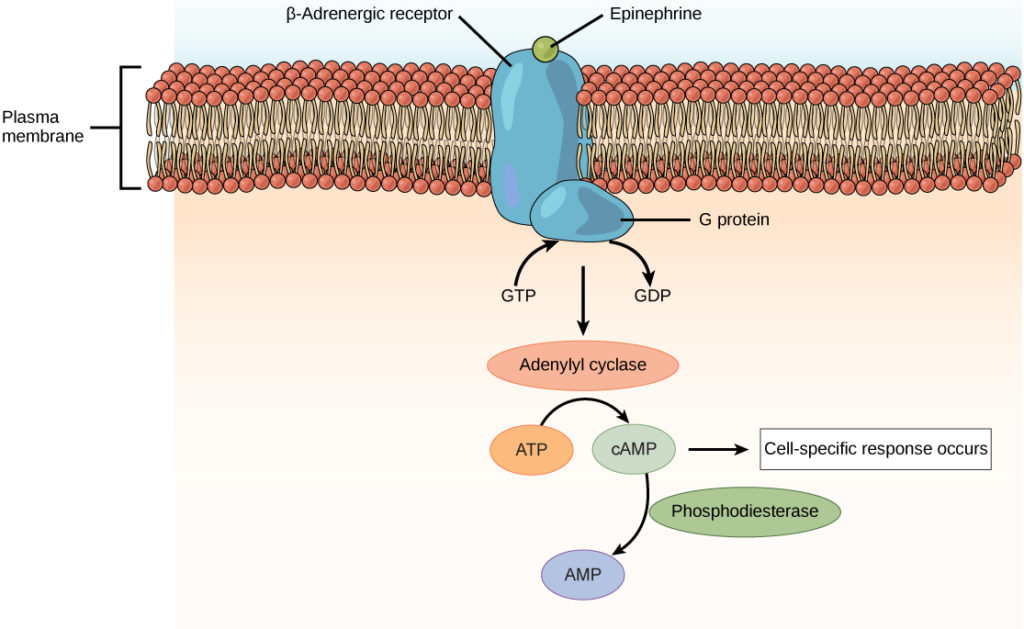
Exception!
Thyroid Hormone is made of __________ but is works like a ________ hormone

Thyroid Hormone is made of amino acids but is works like a lipid-based hormone
Homeostasis
is the
process to maintain a relatively stable internal environment
what 2 mechanisms help maintain homeostasis?
Positive Feedback Mechanism
Negative Feedback Mechanism
Positive Feedback
will ______ the change ( stimulus )
Positive Feedback
will amplify the change
( stimulus )
in a given direction
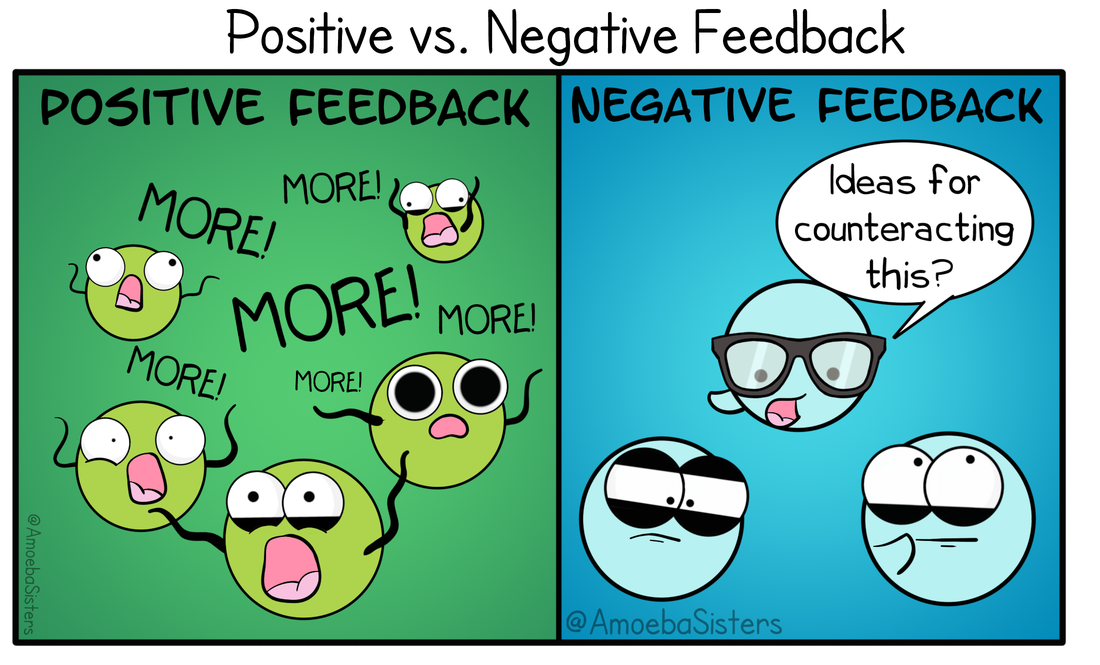
example of positive feedback?
childbirth
release of oxytocin
amplifies the change
( fetus pushing on cervix )
by causing uterus to contract more
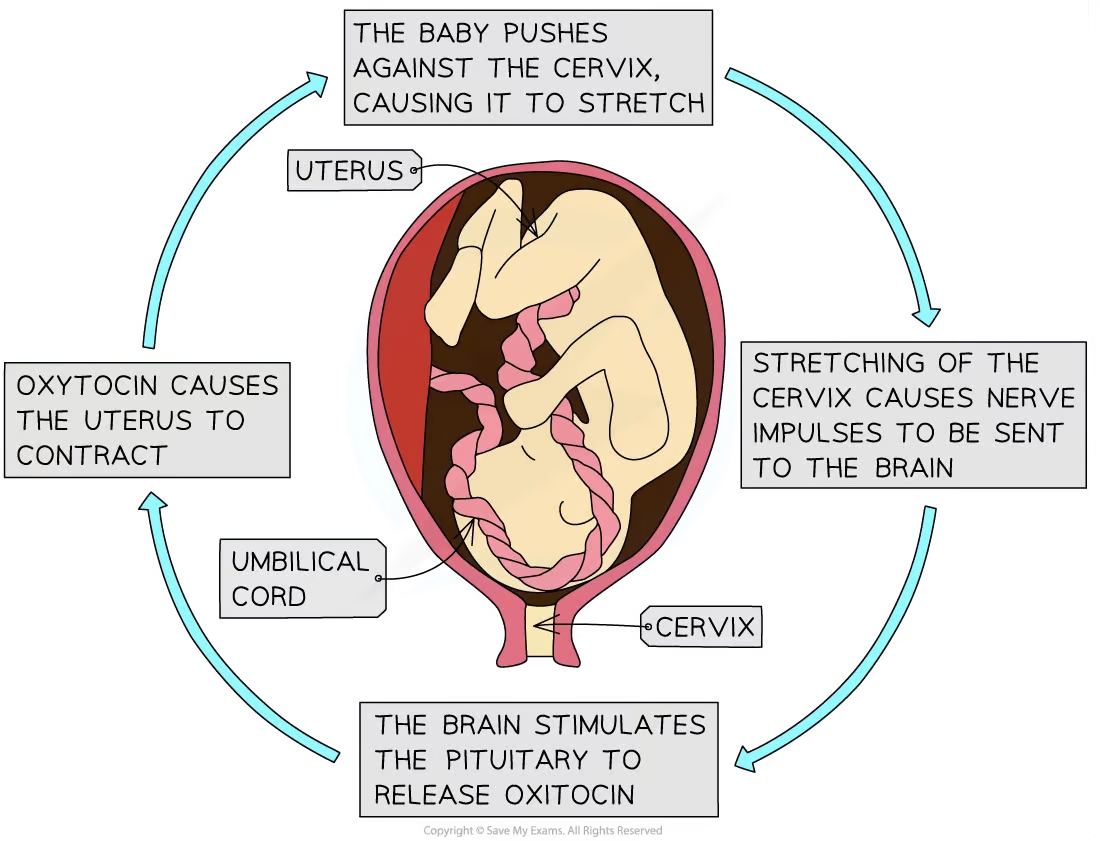
Negative Feedback
will ______ the change ( stimulus )
or _______
Negative Feedback
will reverse the change
( stimulus )
or slow it down
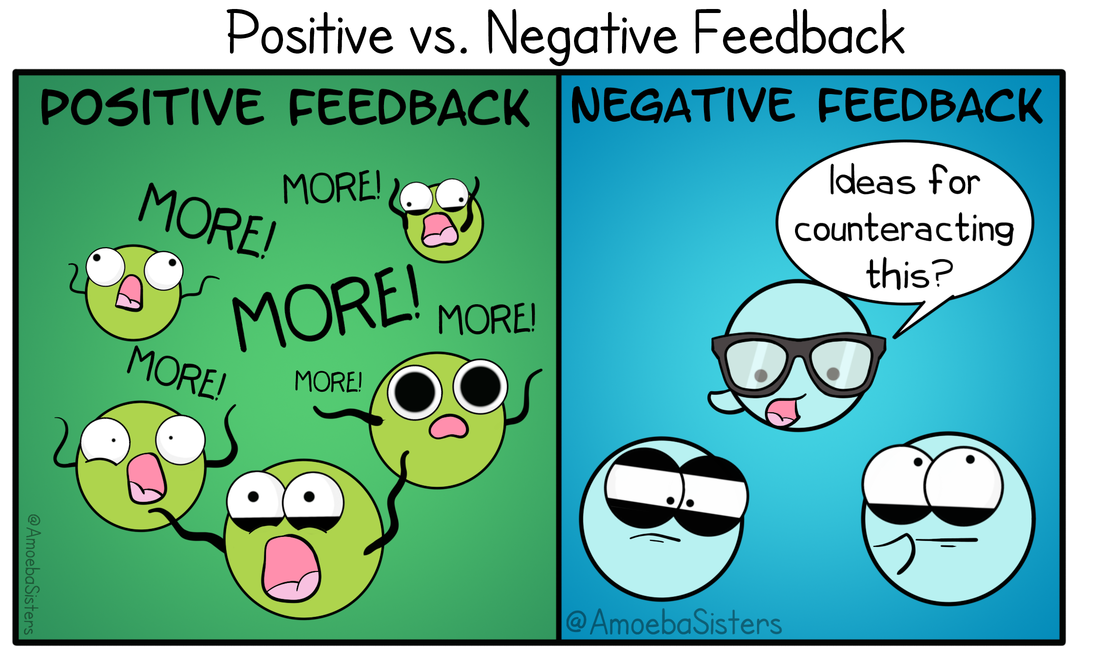
example of negative feedback?
insulin
decreases / reverses increase of blood sugar
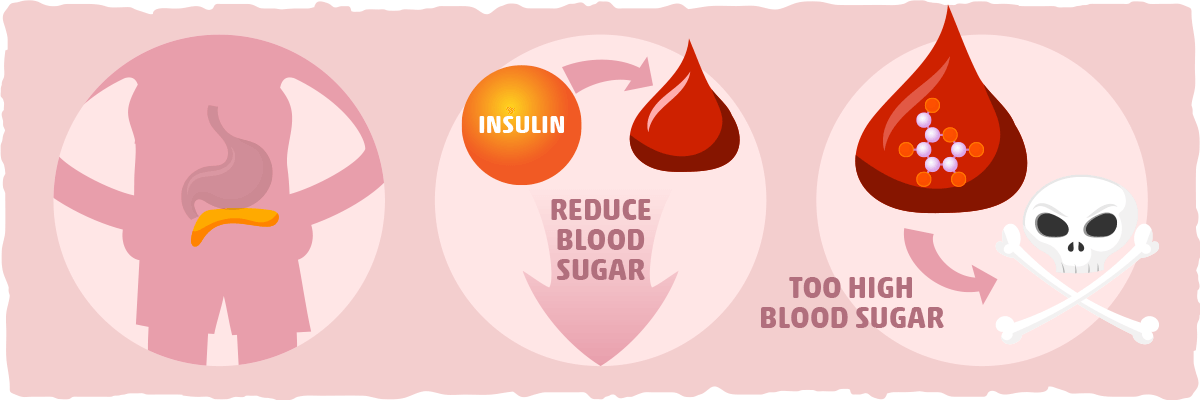
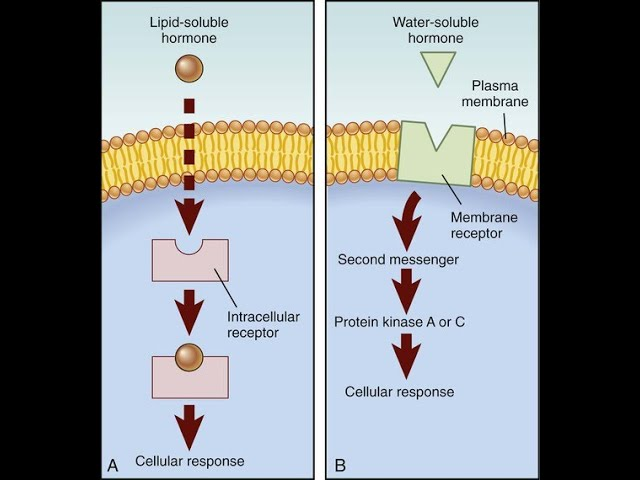
practice question
Which hormone can cross the cell membrane and bind directly to DNA?
epinephrine
cortisol
cortisol
( lipid soluble hormone )
